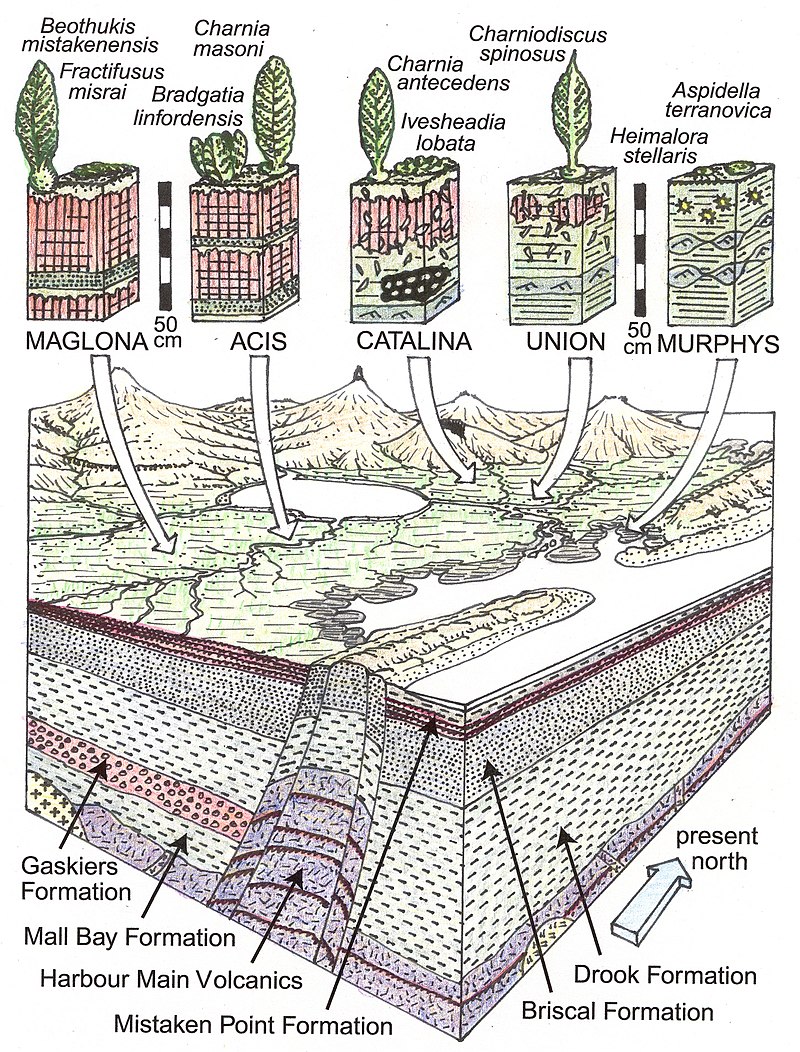
News from the Ediacaran era (600 – 542 million years ago), when many animals were genuinely hard to distinguish at first from plants, sharpens the question:
So-called Ediacaran organisms have puzzled biologists for decades. To the untrained eye they look like fossilized plants, in tube or frond shapes up to 2 meters long. These strange life forms dominated Earth’s seas half a billion years ago, and scientists have long struggled to figure out whether they’re algae, fungi, or even an entirely different kingdom of life that failed to survive. Now, two paleontologists think they have finally established the identity of the mysterious creatures: They were animals, some of which could move around, but they were unlike any living on Earth today.
Scientists first discovered the Ediacaran organisms in 1946 in South Australia’s Ediacara Hills. To date, researchers have identified about 200 different types in ancient rocks across the world. Almost all appear to have died out by 541 million years ago, just before fossils of familiar animals like sponges and the ancestors of crabs and lobsters appeared in an event dubbed the Cambrian explosion. One reason these creatures have proved so tricky to place in the tree of life is that some of them had an anatomy unique in nature. Their bodies were made up of branched fronds with a strange fractal architecture, in which the frond subunits resembled small versions of the whole frond. Colin Barras, “These half-billion-year-old creatures were animals—but unlike any known today” at Science
So why did the Ediacaran animals thrive thirty million years and then just die out at the Cambrian?
See also: Researchers: Ediacaran animals increased in size to spread their offspring rather than compete for food
First Ediacaran animal identified
Animal with muscles found from 560 mya (Ediacaran period)
Oldest known multicellular are Ediacaran seaweed
and
Life in preCambrian much more dynamic than thought?